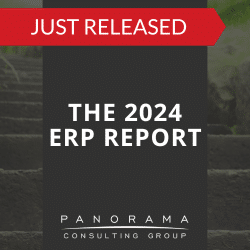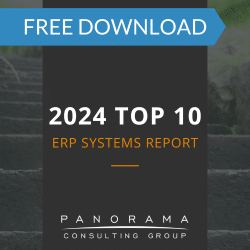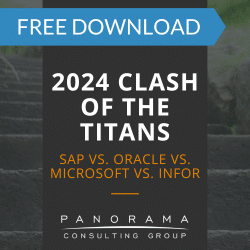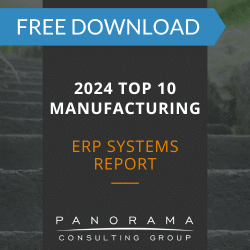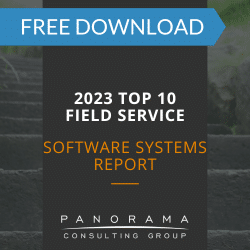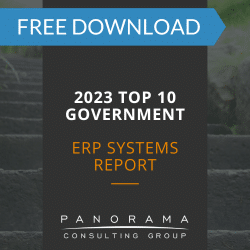When you analyze your supply chain data, are you looking forward or backward?
For years, companies simply made their best guess as to where their operations were headed based on past patterns and trends. While this is helpful to a degree, you can uncover more reliable and actionable supply chain insights by using what’s known as prescriptive analytics.
Today, we’re sharing how prescriptive analytics in supply chain management works and how new technologies are enabling companies to make more data-driven decisions.
What is Prescriptive Analytics?
To understand the power of prescriptive analytics, it’s helpful to understand the two other types of analytics: descriptive and predictive.
With descriptive analytics, you look at what’s happened in the past. This is typically known as data reporting.
Then, you have predictive analytics, which also uses historical data, but then it predicts what may happen in the future.
For example, a modern supply chain management system might analyze historical data to forecast demand so the company can optimize their inventory management.
Finally, we arrive at prescriptive analytics. Looking at what happened and what may happen, machine learning algorithms recommend the best path forward. This is the type of analytics that is most helpful in guiding supply chain improvements.
It’s important to note that prescriptive analytics is not a replacement for human judgment. Quite the contrary. Your employees ultimately decide which path to take among the software’s multiple recommendations.
The 2024 ERP Report
88.5% of respondents said they deployed or plan to deploy AI at their organization. Learn about AI adoption and other ERP trends by downloading our latest report.
Benefits of Prescriptive Analytics in Supply Chain Management
Prescriptive analytics provides a structure for both handling and interpreting supply chain data. Let’s look at a few ways this can help supply chain professionals remain agile.
1. Do More with Data
Today, it isn’t enough to simply collect and manage supply chain data. You must use this data to inform business decisions.
The only problem? There’s a lot of information to sort through.
When it comes to large volumes of data, enterprise software with prescriptive analytics capabilities is your best friend. It uses artificial intelligence to surface the most critical insights and recommend plans of action.
(Learn more about AI in ERP.)
2. Optimize Operations
Prescriptive analytics can also help you optimize your day-to-day supply chain operations.
For instance, you might use it to analyze driver routes, and make changes to optimize delivery times and keep drivers safe. The software might recommend new turns to avoid road closures or suggest new routes to expediate deliveries for the highest-priority customers.
3. Mitigate the Impact of Supply Chain Disruptions
Prescriptive analytics can help you minimize the impact of disruptions such as:
- Supplier delays
- Inventory shortages
- Transportation problems
- Natural disasters
Using an ERP or SCM system with prescriptive analytics capabilities, you can identify alternative suppliers or adjust your inventory levels as needed. Instead of doing this blindly, you’re making decisions based on the software’s recommended contingency plan.
This software can also recommend changes to production schedules or transportation routes to minimize the impact of disruptions.
System Integration Considerations
Integrating prescriptive analytics with your existing infrastructure can be challenging, but it’s necessary to ensure your systems can access all necessary data.
Maybe you need to access sensor data from your shop floor, or you might need to tap into data from your supplier network.
With these integrations, prescriptive analytics technology can identify potential disruptions and model the implications they would have on your company’s operations.
For instance, the technology can analyze your supplier network and predict the implications of an individual supplier failing to deliver.
Fortify Your Supply Chain Operations
Taking the right preventative actions can help your company persevere through challenging times. This is the role of prescriptive analytics in supply chain management.
If your organization is considering an ERP implementation or digital transformation, advanced analytics should be on your priority list.
To learn more about the strategies and technologies that can optimize your supply chain operations, contact our ERP consultants below.







